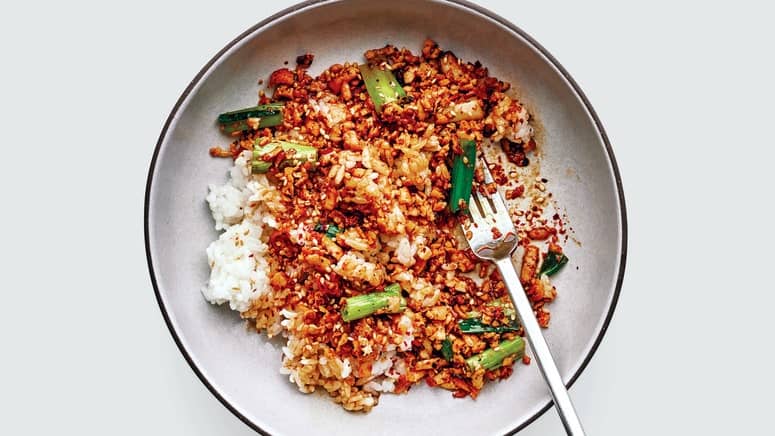In Basically on a Budget, we’ll talk tips, ingredients, and recipes that’ll help you save money and eat well.
Milk doesn’t turn bad at the stroke of midnight, but I still find myself pouring out the last few ounces on the expiration date because our main milk drinker is a six-year-old who does not enjoy any funky flavors with his Frosted Mini-Wheats. During these past few months, however, pouring any milk down the drain has felt extravagantly wasteful, especially if using it could delay the next grocery trip by another day or two.
If, as is the case in my family, a gallon is too much but a half gallon is never enough, here are five strategies to help you turn your expired milk into liquid gold.
Note: At my house, we always have just a bit too much whole milk, which provides the extra fat that makes some of the following recipes possible. If you’re using skim milk, skip the richer recipes like panna cotta and ricotta.
1. Compare it to buttermilk.
The first step to using up the expired milk is to reconsider it. Sour implies “spoiled,” but there’s a difference between the faintly tangy milk in your fridge and the clumpy milk in a sippy cup that you found behind the couch. The latter is best sent to the sink while the former is, with a little creativity, drinkable, enjoyable, and prized. (Soured milk, a broad category that includes fermented and cultured milk as well, is a valuable ingredient both made at home and purchased in grocery stores in much of the world.)
What’s going on in your milk jug is just fermentation. Think of it like quarantine sourdough without the work. The yeasts in a sourdough starter consume the sugars in the new flour you add each day. Likewise, the bacteria already present in your milk consume the sugars in that milk to produce lactic acid, which creates the familiar “how old is this milk?” smell. The cultured buttermilk you buy at the grocery store is just milk with extra bacteria added to help speed up that same fermentation process.
For that matter, neither home-soured nor commercially soured milk is “real” buttermilk. As Sandor Katz explains in The Art of Fermentation, true buttermilk is a by-product of the butter-making process. But if using the term buttermilk is what gets you thinking more creatively about what’s in the bottom of the milk jug, know that your sour milk will perform about the same as store-bought buttermilk. Call yours small-batch artisanal buttermilk and get started on the next four strategies.
2. Sweeten it.
If your milk is a sniff away from its prime, you have a fine justification for eating the aggressively sugared cereal of your choice—the tang of the milk will be effectively masked by marshmallows. Sour milk also adds complexity to a stovetop porridge with a blend of steel-cut and quick oats, and it works especially well in recipes that already call for buttermilk like crepes, pancakes, and waffles.
“Sour milk pancakes” doesn’t have quite the same ring to it.
Alex Lau

